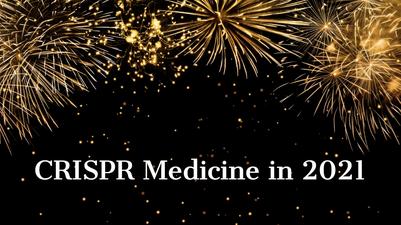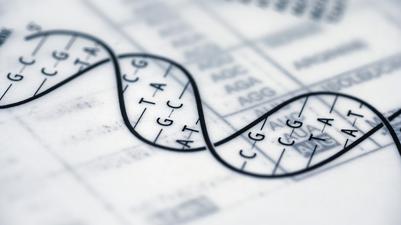Disease name: Hutchinson-Gilford Progeria Syndrome
ICD-10 Disease Code: E34.8
Other specified endocrine disorders
ICD-10 Disease Group: E34- Other endocrine disorders
General description:Hutchinson-Gilford Progeria Syndrome (HGPS) is an extremely rare genetic disease. Scientific literature has registered only 130 cases since the disease was first described in 1886. The disease is characterised by growth delays in early childhood, resulting in the appearance of dramatic and premature ageing, short stature and difficulties in gaining weight.
The disease is associated with the development of distinct facial features. These include hair loss, narrow nose, small chin and prominent eyes.
Mutations:HGPS is caused by a single point mutation in the LMNA gene on chromosome 1. The point mutation replaces cytosine with thymine at position 1824, which is written as C1824T. The mutation is not inherited, and thus is the result of a sporadic autosomal dominant mutation. The LMNA gene is responsible for the production of lamin A protein. Lamin A is a scaffolding protein, which is responsible for determining and maintaining the structure of the cell nucleus, more specifically the nuclear envelope.
Researchers have discovered that the expression of diseased lamin A protein causes nuclear envelopes to be unstable, leading to premature cell death. However, the exact correlation between this phenomenon and the characteristics seen in HGPS is yet to be fully understood.
Disease frequency:HGPS is estimated to affect 1 in every 4,000,000 people worldwide.
The disease affects the male and female population equally.
Symptoms:HGPS is associated with rapid, early ageing, both in appearance and on a cellular level. While the most characteristic symptoms of the disease appear between the first 9 to 24 months after birth, certain earlier signs may indicate that a child is suffering from the disease. These include discoloured and shiny skin on the face and lower parts of the body, as well as scultptured noses.
Later in life, children with HGPS will experience dramatically inhibited growth, reduced height, low weight gain and low muscle mass. By as early as 2 years of age, there will be noticable underdevelopment of facial bone structure, resulting in the face looking smaller than the head. Bone structure in other parts of the body are also affected, and the skin will appear aged and thin.
Other symptoms include high pitched voices, tightening arteries and hearing loss. People suffering from HGPS have drastically lowered life expectancies, with only a few individuals still alive in their 20s.
Treatment:There is currently no cure for HGPS. In November 2020 the FDA approved the use of Zokinvy for the treatment of HGPS. The drug was originally developed as a cancer drug, but studies showed decreased mortality in HGPS patients treated with the drug. Treated patients also experienced increased weight gain, improved bone structure and improved hearing.
Additionally, there are currently several investigational new treatments underway.
Sources:- https://rarediseases.org/
- https://www.clinicaltrials.gov/
- https://medlineplus.gov/
- https://www.orpha.net/



